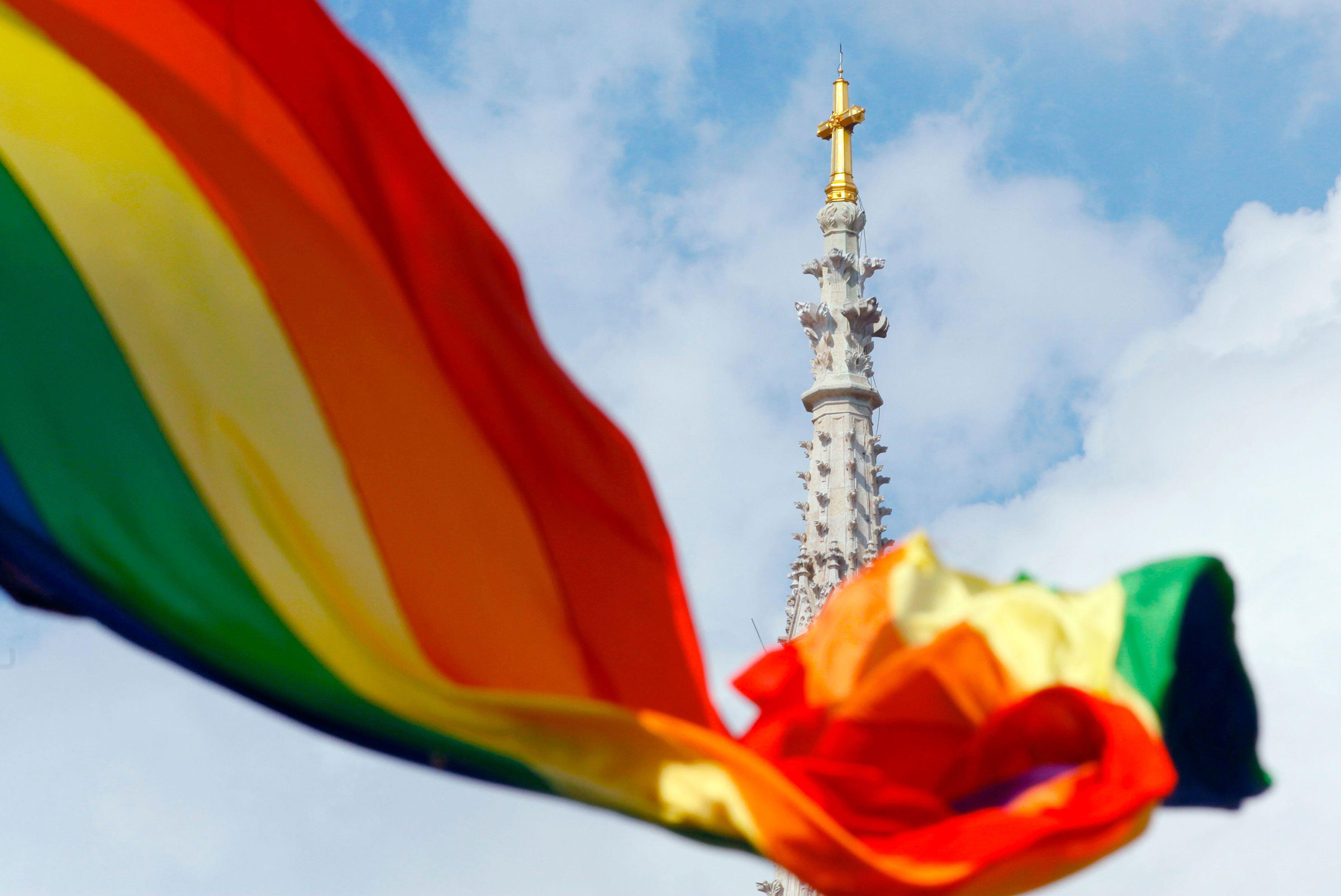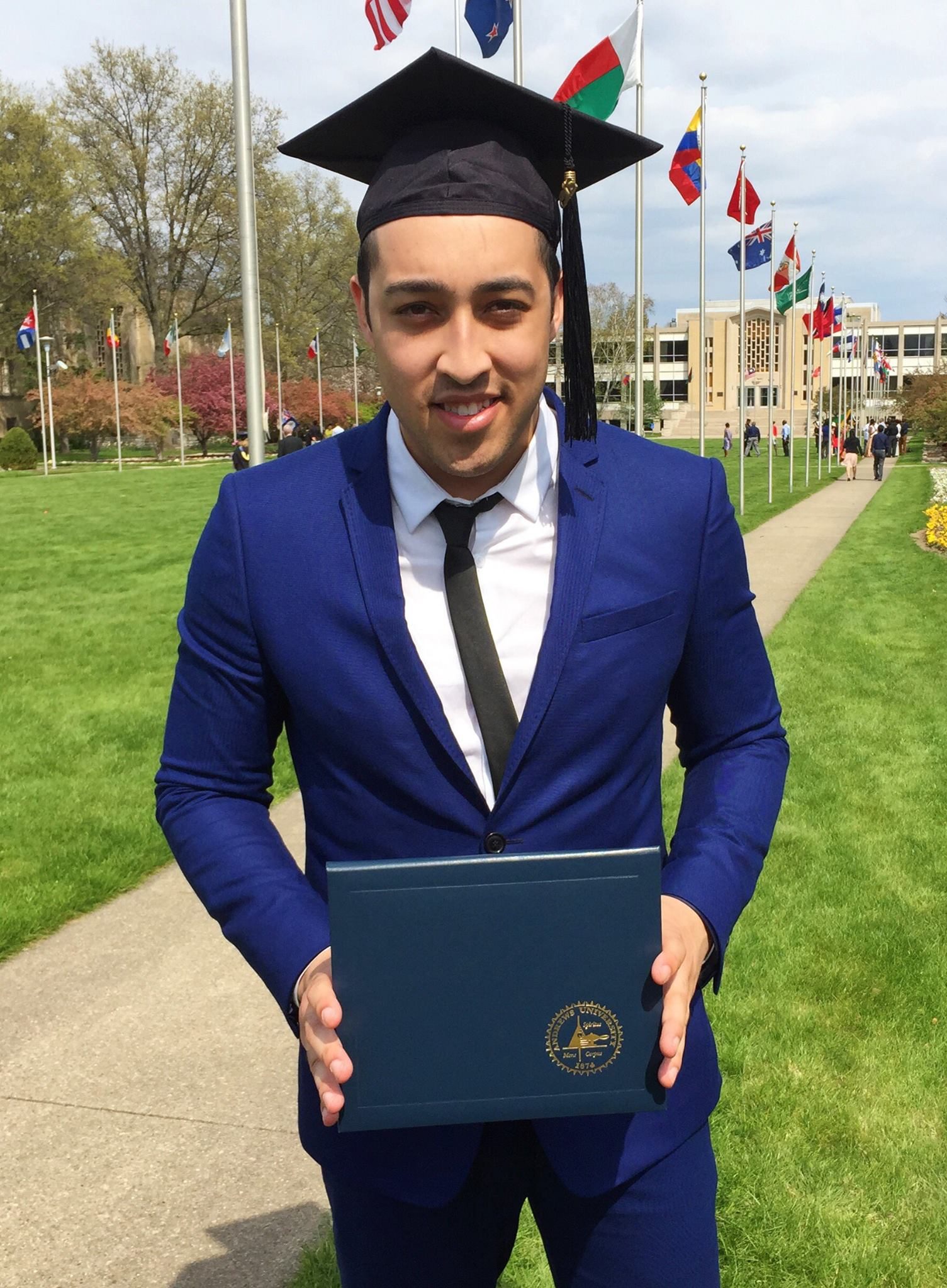
As a queer person of faith born and raised in the Seventh-day Adventist Church, I have only ever attended Christian educational institutions. I am a graduate of Andrews University, the Church’s flagship school in Berrien Springs, Michigan—a university that prides itself in empowering students to make a change in the world.
Like many evangelical and Christian denominations, the Seventh-day Adventist Church believe that being LGBTQ is a sin, and that life-long celibacy is the only acceptable response to a LGBTQ person’s sexuality. As long as the official Seventh-day Adventist teachings on gender and sexuality remain the same, campuses like Andrews will never be a completely safe environment for LGBTQ people. But there will always be LGBTQ people in the Church—in many instances, it is their only community—just as there will always be LGBTQ people in Church-affiliated spaces. It is necessary, then, that our Christian universities and colleges are held accountable for the ways they treat LGBTQ people on campus.

During my time at Andrews, I faced discrimination and anti-queer prejudice. It was widely-discussed that there were resident advisors who would harass students suspected of being queer; professors who would preach the dangers of homosexuality at the beginning of class. I began advocating for LGBTQ protections out of necessity, having found myself in a situation where I felt unsafe and still afraid to ask for support for fear I’d be penalized—or even expelled—simply because of who I am.
In a statement, Andrews University writes that all current students—including those identifying as LBGTQ—are protected under Title IX legislation against “bias, harassment and assault.”
This is a shared experience for many LGBTQ students on Christian college campuses across the U.S. (as well as at religious-affiliated high schools where disciplinary actions, suspensions and even expulsions are common). As Mother Jones reported recently, LGBTQ students at Christian colleges have been forced to navigate widespread homophobia, the promotion of conversion therapy, being outed to friends and family and losing on-campus jobs due to their sexuality.
In my junior year, I helped create AULL4One, Andrews’ unofficial gay-straight alliance (GSA). Our inaugural members—a single-digit group—first met off-campus at a supportive faculty member’s house, full of fear they’d be reprimanded simply for attending. As I began working to push Andrews to become a safer place for LGBTQ students, I felt like I was under scrutiny by some faculty members. And after I wrote about my experience as a queer person in the church and an organizer on campus, I learned of an administrator who had considered “involving legal counsel” to have my piece amended—to ensure, specifically, that I not represent that Andrews had “recognized” or “endorsed” a gay-straight alliance.
(“Andrews University never has reprimanded or threatened legal action against any person for truthfully sharing their perspective and experience. And it never would,” the University responds. “However, Andrews University must preserve its ability to respond to unfair and untrue statements.”)
But we LGBTQ student leaders persevered and successfully pushed the school’s administration to make progress. In its statement, Andrews University cites the 2016 formation of an “LGBT+ Task Force” which has implemented updates to the student handbook centering LGBTQ students’ experiences. “The University is committed to creating a safe and caring climate where such diverse groups are treated with dignity and respect,” the handbook’s new language reads in part, “in keeping with their value as persons created in the image of God.” The task force also created an official LGBTQ group, HAVEN, which was recognized the year after I graduated in 2015. So the school is now actively working with LGBTQ students on campus, and the sky has not fallen.
Since my graduation, I’ve returned to the campus to meet with queer students. They’ve spoken of a mostly-inclusive community among their peers, with students emboldened or prepared to speak up against anti-LGBTQ behavior. And they’ve shared their gratitude for supportive staffers and allies among Andrews faculty—the support of some faculty members, albeit at times strained by their jobs, is what allowed me to survive my time on campus—while noting the “known” presence of professors vehemently against LGBTQ people.
I recently spoke with a 22-year-old current Andrews student, who shared a specific incident: “One of my professors was comparing homosexuality and bestiality. He was like, ‘I’m probably going to get in trouble for saying this, and I’ll probably get fired one day, but blah, blah, blah.’” (The student adds that he took a complaint to Andrews’ vice president of diversity—a role recently created at the university—who he believes took steps to deal with the issue.)
The student’s other criticisms were primarily those of a leader trying to make his campus a better place for LGBTQ students who follow him—they ring all too true. His biggest frustration is the inability to promote “LGBTQ issues,” be that community resources, sexual education or events that can be construed as pro-LGBTQ. As an unofficial group, AULL4One is still blocked from being officially present on campus; HAVEN is limited in its programming beyond the support group-style environment it provides LGBTQ students in meetings.
“Work is now underway to create an approach to campus education that will help University faculty, staff and students better respond to, care for and understand our LGBT+ population,” Andrews’ statement continues, in order to create an environment in which LGBTQ students “have the opportunity to find personal, academic and spiritual nurture.”
Here though, the onus shouldn’t be on LGBTQ students to push an administration to acknowledge and support them, or have to take on the burden of finding ways to make their campus safe. This work must instead be centered in the university’s ethos; a new-found sense of urgency, and initiative, is needed to shift campus landscapes. If Andrews really is ready and willing to undertake the work—as it should—then it must support The Equality Act, as should all Christian schools.
The Equality Act is a historic piece of legislation that would codify protections for LGBTQ people by amending the Civil Rights Act of 1964 to include sexuality and gender identity under protected classes. It would provide explicit, consistent protections for LGBTQ people nationwide regarding employment, access to housing, credit, public services, federally funded programs—and in education.
Many evangelical and Christian denominations, including the Seventh-day Adventist Church, oppose the legislation. They argue that it infringes on their religious freedoms, and jeopardizes their eligibility for federal funds. (The Alliance Defending Freedom, classified as a hate group by the Southern Poverty Law Center, has been preparing to fight for the ability to discriminate on the evangelical campuses for many years, financed by the National Christian Charitable Foundation.) But federal funding would not be threatened if schools simply did not discriminate against LGBTQ students who are, after all, merely trying to get an education. And if a Christian institution’s theology prohibits them from treating LGBTQ students with decency and respect, then perhaps the theology isn’t as rooted in love as they claim.
I am pushing for the passage of the Equality Act as an alumnus of Andrews University, taking up its call to create change in the world. It is time for Christian campuses to adopt a more authentically Christ-like approach to LGBTQ people—and be held accountable for the harm caused when that’s not the case.
More Must-Reads from TIME
- Donald Trump Is TIME's 2024 Person of the Year
- Why We Chose Trump as Person of the Year
- Is Intermittent Fasting Good or Bad for You?
- The 100 Must-Read Books of 2024
- The 20 Best Christmas TV Episodes
- Column: If Optimism Feels Ridiculous Now, Try Hope
- The Future of Climate Action Is Trade Policy
- Merle Bombardieri Is Helping People Make the Baby Decision
Contact us at letters@time.com